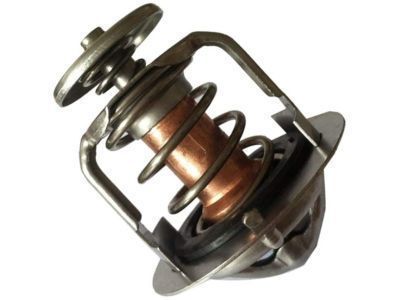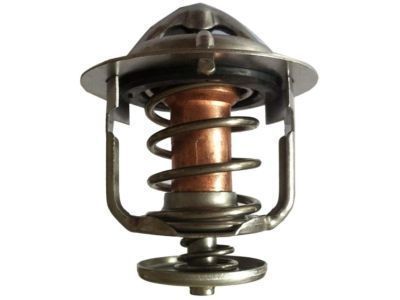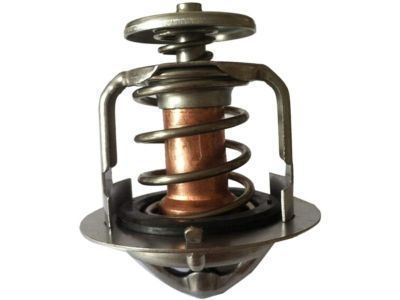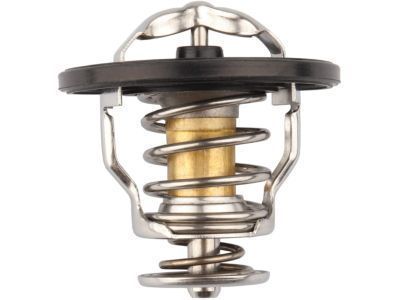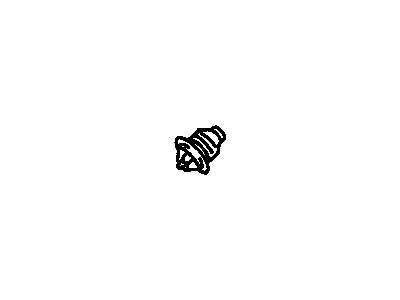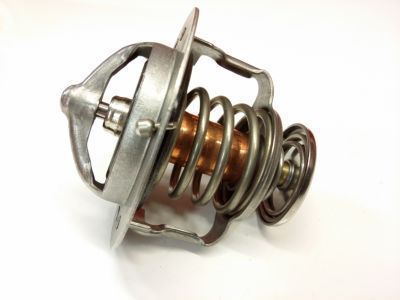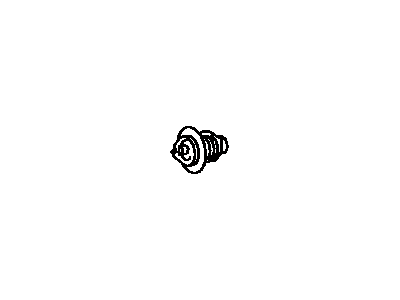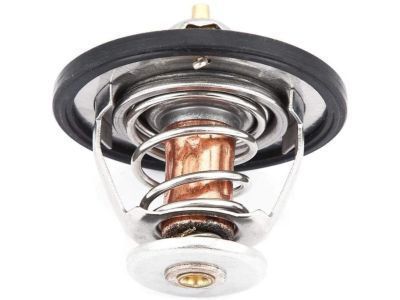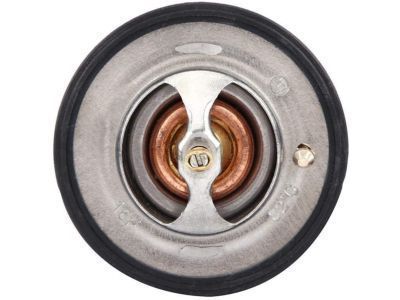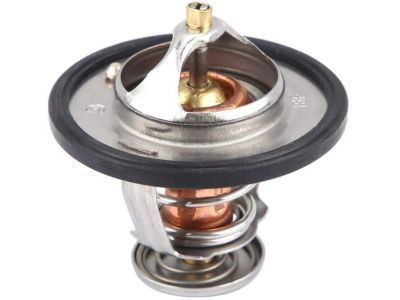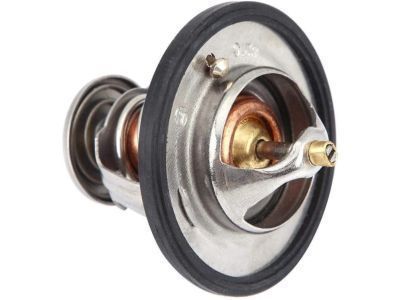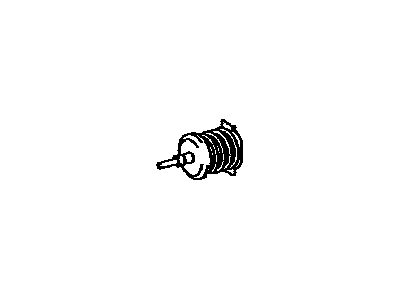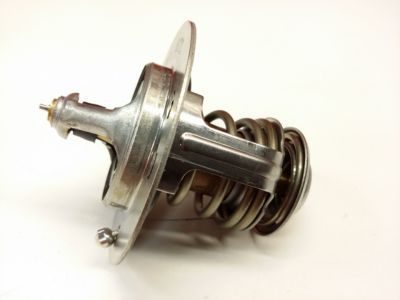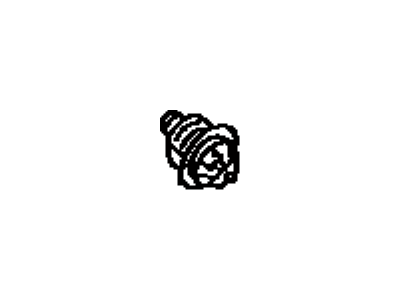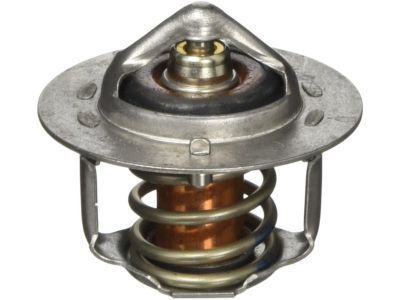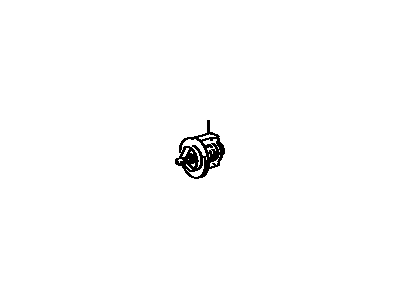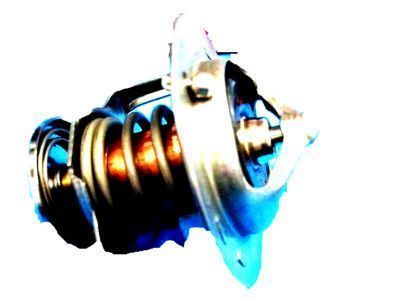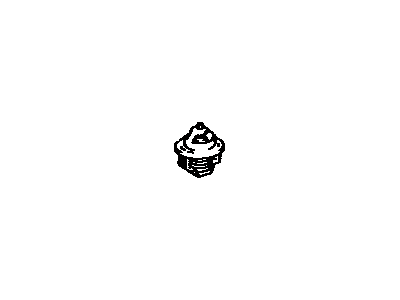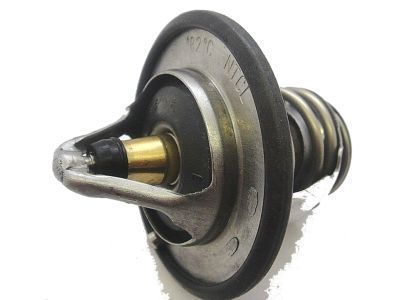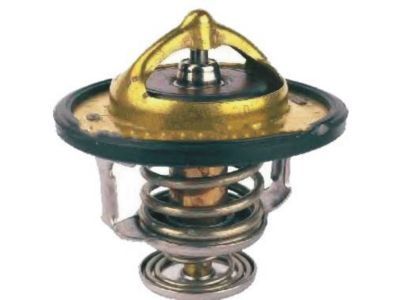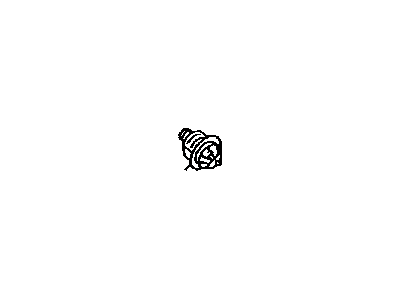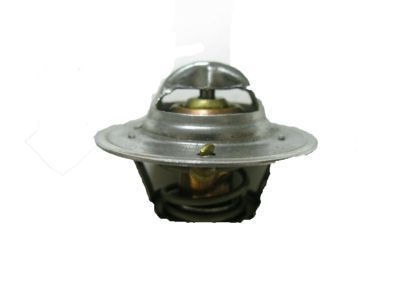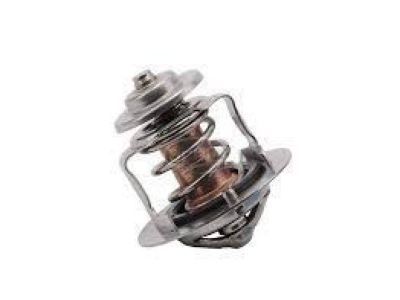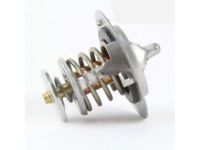

My Garage
My Account
Cart
Genuine Toyota 4Runner Thermostat
Engine Coolant Thermostat- Select Vehicle by Model
- Select Vehicle by VIN
Select Vehicle by Model
orMake
Model
Year
Select Vehicle by VIN
For the most accurate results, select vehicle by your VIN (Vehicle Identification Number).
11 Thermostats found
Toyota 4Runner Thermostat
Part Number: 90916-03075$27.48 MSRP: $38.41You Save: $10.93 (29%)Ships in 1-3 Business DaysToyota 4Runner Thermostat
Part Number: 90916-03100$26.29 MSRP: $36.75You Save: $10.46 (29%)Ships in 1-3 Business DaysToyota 4Runner Thermostat
Part Number: 90916-03093$22.48 MSRP: $31.42You Save: $8.94 (29%)Ships in 1-3 Business DaysToyota 4Runner Thermostat
Part Number: 90916-03120$27.48 MSRP: $38.41You Save: $10.93 (29%)Ships in 1-3 Business DaysToyota 4Runner Thermostat
Part Number: 90916-03078$21.88 MSRP: $30.59You Save: $8.71 (29%)Ships in 1-3 Business DaysToyota 4Runner Thermostat
Part Number: 90916-03079$27.72 MSRP: $38.74You Save: $11.02 (29%)Ships in 1-3 Business DaysToyota 4Runner Thermostat
Part Number: 90916-03138$41.28 MSRP: $57.70You Save: $16.42 (29%)Ships in 1 Business DayToyota 4Runner Thermostat
Part Number: 90916-03101$27.48 MSRP: $38.41You Save: $10.93 (29%)Ships in 1-3 Business DaysToyota 4Runner Thermostat
Part Number: 90916-03055$21.88 MSRP: $30.59You Save: $8.71 (29%)Ships in 1-3 Business DaysToyota 4Runner Thermostat
Part Number: 90916-03062$22.00 MSRP: $30.75You Save: $8.75 (29%)Ships in 1-3 Business DaysToyota 4Runner Thermostat
Part Number: 90916-03054$21.88 MSRP: $30.59You Save: $8.71 (29%)Ships in 1 Business Day
Toyota 4Runner Thermostat
Toyota 4Runner Thermostat is an essential part of the car that is found in between the aluminum housing of the radiator and the vehicle engine. One of its main uses is to control the coolant flow to the engine to maintain its temperature, when the desired temperature is met, it closes. This mechanism ensures that the engines are on and warmed up much faster, less wear, enhanced efficiency, and minimal emission. Some 4Runner may face problems such overheating though at times it may take some time after replacing the thermostat, the water pump, and radiator cap to stop. The supply of fresh coolant must be done regularly to avoid formation of some minerals on the radiators. If the car radiator is cold, while the engine is hot, then this is ideal time to work on the thermostat replacement task.
If you are in demand for superior quality and affordable OEM Toyota 4Runner Thermostat, then shop with us! We own a wide range of the reduced-priced genuine Toyota 4Runner Thermostat. You can purchase in confidence as all parts come with a manufacturer's warranty. Any issues with our products? No need to worry as we have a hassle-free return policy to guide you every step of the way.
Toyota 4Runner Thermostat Parts Questions & Experts Answers
- Q: How to replace the thermostat on 2003 through 2009 Toyota 4Runner?A:Before proceeding, check the coolant level and the drive belt tension, and then check the operation of the temperature gauge. If the engine takes a long time to warm up, the thermostat is probably stuck open. Replace the thermostat. If the engine runs hot, check the temperature of the left-side radiator hose (V6 models) or the right-side radiator hose (V8 models). If the hose isn't hot, the thermostat is probably stuck shut. Replace the thermostat. If the radiator hose is hot, then the coolant is circulating into the radiator and the thermostat is open. If the engine has overheated, it might have leaking cylinder head gaskets, scuffed pistons, or warped or cracked cylinder heads. To replace the thermostat, disconnect the cable from the negative terminal of the battery. Drain the cooling system. If you're working on a V6 model, remove the engine cover. Detach the thermostat housing from the engine. Be prepared for some coolant to spill as the gasket seal is broken. On V8 models, the radiator hose can be left attached to the housing, unless the housing itself is to be replaced. Remove the thermostat, noting the direction in which it was installed in the housing. Thoroughly clean the sealing surfaces. On V8 models, install a new gasket onto the thermostat. Make sure it fits evenly all the way around. On V6 models, install a new O-ring in the housing groove. On V8 models, install the thermostat and housing, positioning the jiggle pin, if equipped, at the highest point. Be sure the jiggle pin is not positioned more than 30 degrees right or left of the highest point. Tighten the housing fasteners to the torque and reinstall the remaining components in the reverse order of removal. Refill the cooling system, run the engine, and check for leaks and proper operation.
- Q: How to replace a thermostat in a cooling system on 1996 through 2002 Toyota 4Runner?A:First thing, before you replace the thermostat, check the coolant level, drivebelt tension, and temperature gauge. For replacement of the thermostat, detach the negative cable on your battery, drain the cooling system, and gently detach the thermostat housing from the vehicle. Reinstall the thermostat as well as the housing, tighten the fasteners, and refill the cooling system.
Related Toyota 4Runner Parts
Browse by Year
2012 Thermostat 2011 Thermostat 2010 Thermostat 2009 Thermostat 2008 Thermostat 2007 Thermostat 2006 Thermostat 2005 Thermostat 2004 Thermostat 2003 Thermostat 2002 Thermostat 2001 Thermostat 2000 Thermostat 1999 Thermostat 1998 Thermostat 1997 Thermostat 1996 Thermostat 1995 Thermostat 1994 Thermostat 1993 Thermostat 1992 Thermostat 1991 Thermostat 1990 Thermostat 1989 Thermostat 1988 Thermostat 1987 Thermostat 1986 Thermostat 1985 Thermostat 1984 Thermostat
